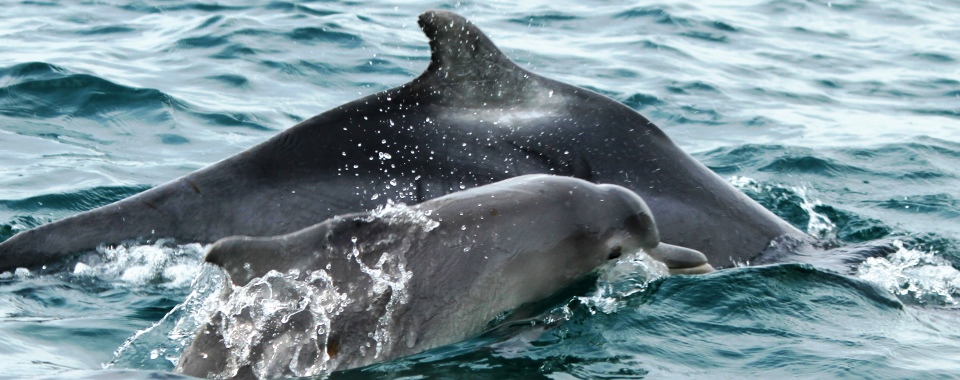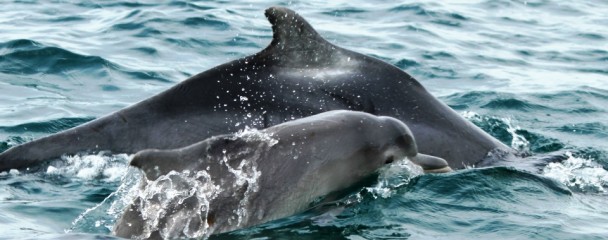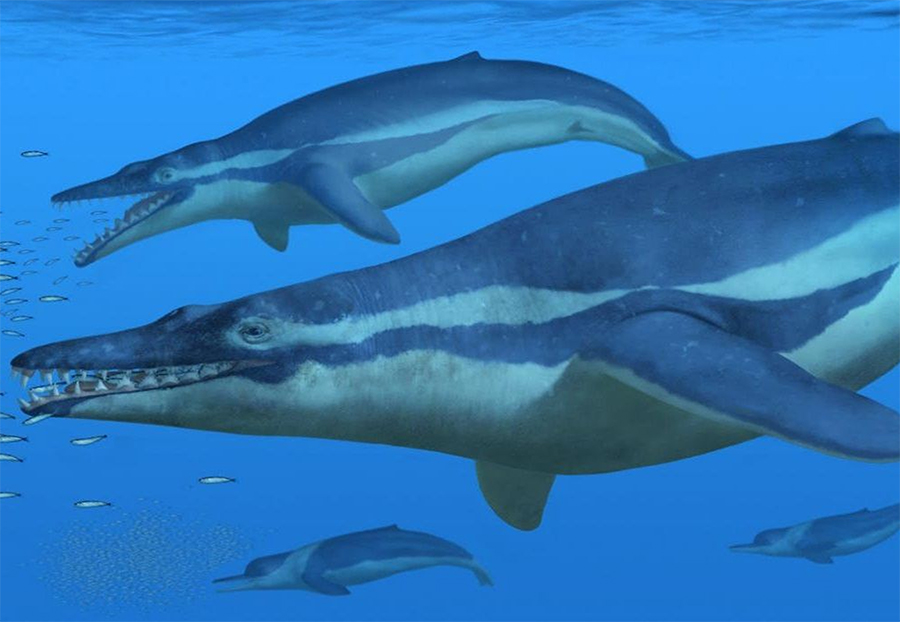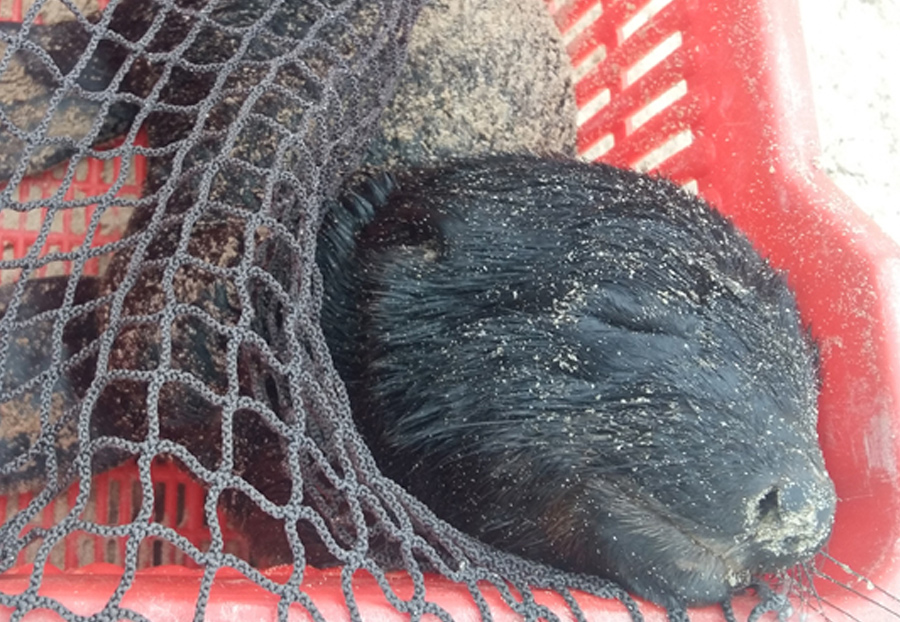What is Bioaccumulation?
Bioaccumulation is when a harmful substance (pesticides or organic chemicals) gets absorbed by an organism at a higher rate than it can be excreted. “What is the problem with bioaccumulation?” When toxins gets absorbed at a higher rate than the body can get rid of it, the organism is at risk of chronic poisoning. Even if the environment doesn’t have a high amount of toxin in it, accumulation through the food chain can be devastating for organisms. When knowing how much toxins are in a certain habitat models can be used to estimate the potential accumulation in fish and mammals to predict the effect on the animals. It is good that predictions can be made, but it does not change the effect it will have on the organisms.
There are both natural and man-made toxins that can be accumulated in organisms. Natural toxins are algae blooms known as “red tides” and ciguatera poisoning (coral reef algae poison). Red tides affect mussels and oysters when they filter feed on the toxic plankton and ciguatera accumulates in coral fish when they eat the algae. Some animal species have adapted to this and use bioaccumulation as a defense mechanism. When consuming toxic plants or animals some species accumulates the toxins in certain body parts as a defense. An example of this is the Tobacco Hornworm that accumulates nicotine from the tobacco plants they eat. Sometimes, compounds that normally are not seen as toxic can become toxic at a too high level. The best example of this is Vitamin A concentration in carnivores (meat eaters) livers e.g. Polar Bears. Since Polar Bears feed purely on other carnivores (seals) they will accumulate extremely high levels of Vitamin A. This does not affect the Polar bears, but humans that have eaten their liver have suffered from Hypervitaminosis.
Man-made toxin accumulation has a much greater effect on animals than natural toxins. In South Africa, this can be seen in Humpback Dolphins (Sousa sp.). Humpback Dolphins are classified as vulnerable, because of the amount of toxins they get into their system. Humpback Dolphins live close to shore and eat fish from rivers and reefs. Fish that live in these habitats have a lot of toxin in them that accumulates in the dolphins blubber (fat). The main problem with this is that the females use their fat resource to create milk for their calves. The milk will be full of toxins so the mothers are unknowingly feeding their calves poison giving them a bad start in life.





